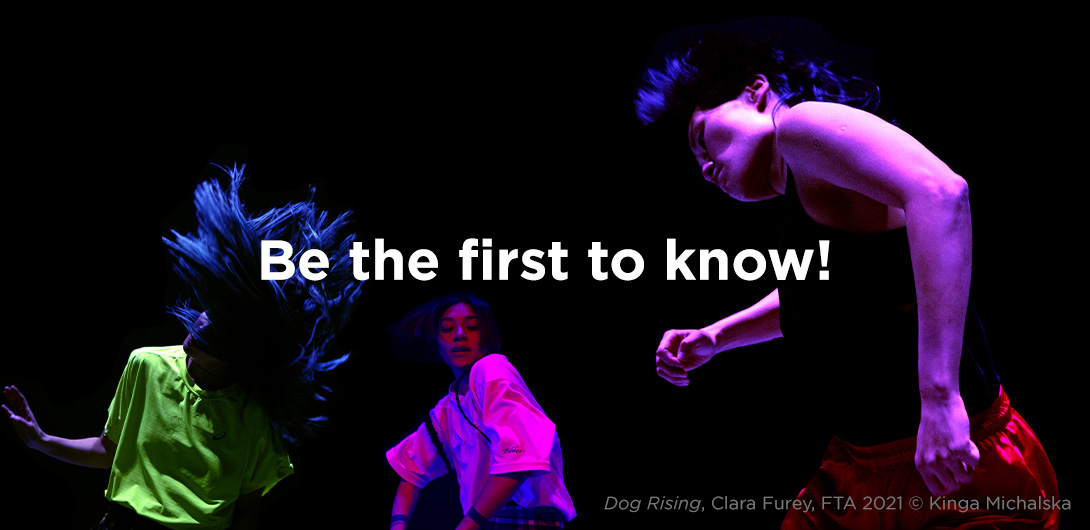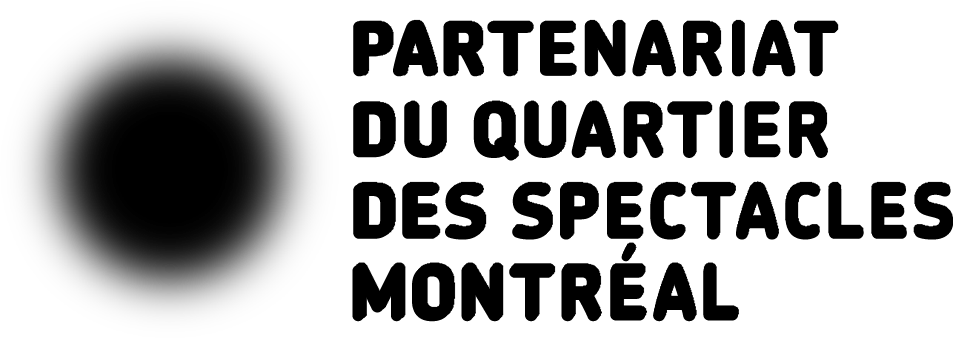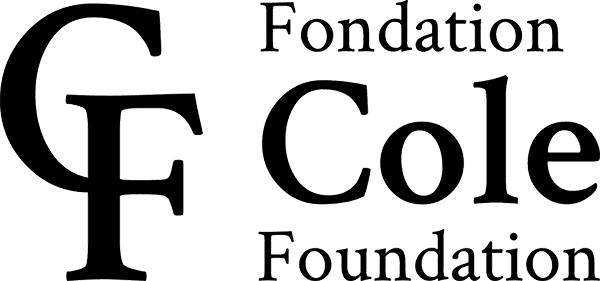What is your relationship with the public during this performance?
I’m not looking to interrogate the public. Some people have questions ; with others, we talk about anything and everything; sometimes, we deal with subjects that touch us deeply, like love, children, political activism… Since it’s a performance, we have the power to ask questions we wouldn’t ask if we met by chance in daily life. There’s a certain amount of co-creation in each meeting. Even passersby who completely ignore me or make me feel like I’m bothering them nourish me. They all provide me with fuel to further understand what I’m in the process of doing and help me achieve a kind of clarity. It’s difficult and tricky to face a member of the public who has expectations or who feels that, since he’s come here, he has to do or get something. There’s nothing in particular to see or take from this performance. My wish is for the public to witness the whole scene—these passersby, this woman who is me, this place… What I’m offering is to become a witness of the situation and of yourself in relationship to everything that is present, as in any work of art. This performance is simply a new configuration; there’s nothing new about what it’s doing.
How does the performance address the subject of migration?
From the time I started creating the work, I had in mind the realities of mass migration and the idea of borders. These subjects manifest in different registers based on the place where the performance is happening and the social interactions that I have there. They’re shaped by the place. When I performed in Ipswich, England, in a neighbourhood mostly inhabited by immigrants, many Romanian children spent the day with me, helping me to build the house. The intentional audience thought these children were disrupting the performance, but that wasn’t the case at all. That day, we existed in that space. Once the house was built, I stepped out for a moment and left the children in the house. After that, we took it down and it occurred to me that we had made a den. I suppose that I if were to perform it tomorrow, for me there would be a strong resonance with displaced people.
What is the choreographic element of your performance?
My choreographic task is to build the house, inhabit it and be comfortable. It takes me some time. I surround myself with plants, because I need a garden to feel like I’m at home. I also bring a photo of my parents with me. One of my family stories has a particular resonance with my performance. In 1965, my parents wanted to stay on the Isle of Wight. Since my mother was pregnant with me, my father wanted to make sure everything would go well, so he wrote to the hotel before they left to indicate that they were “coloured” people. He received a reply from the hotel informing them that the reservation had to be cancelled. Every day, in various situations, I feel like I have to write a letter to request permission to be there. Since my son, Solomon Hughes, belongs to a different generation, he doesn’t bear that weight, that feeling of ineligibility. He started to get involved in the performance by photographing it, for the purpose of documenting it at first. I understood that, actually, it’s important for him to witness the fact that with this performance, I’m saying, “Come on Mum and Dad, come on Solomon, we can go where we like, no one will stop us, look, we’re going to be wherever we please, I’m even going to build a house there.” The choreography consists of moments where I lay claim to a space. The sense of claiming ownership is not present throughout the performance and is intended to provide visibility. The moment when I paint the first line of the square in which I’ll build the house on the ground is a powerful moment for me. It’s the same when I put on a dress. I don’t know what the dress means, but I put it on, then stand on a pedestal, and I feel like I’m planting a flag in the ground.










